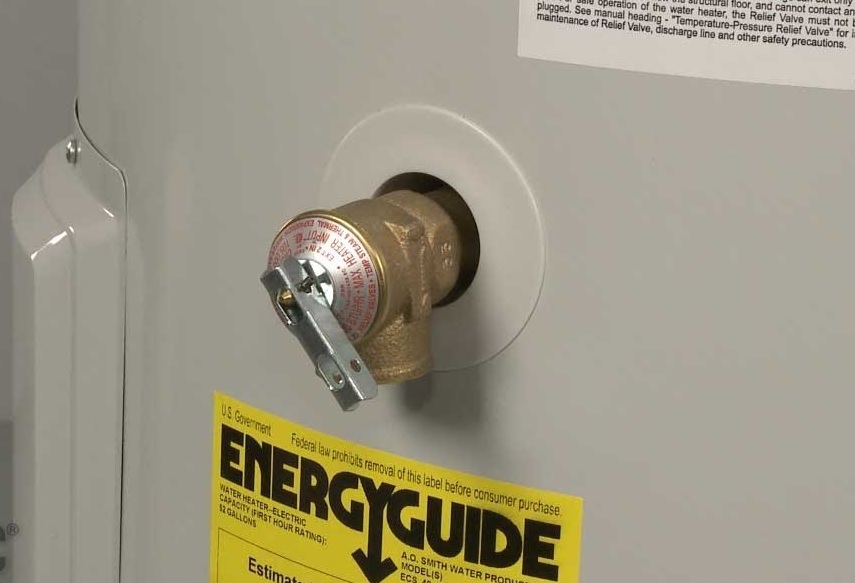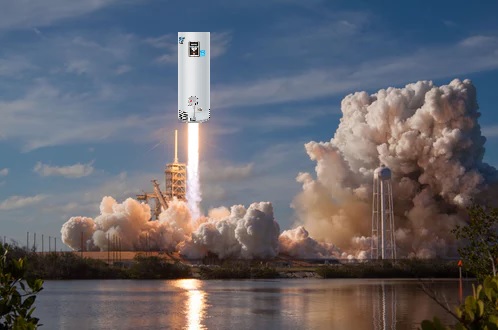
Temperature pressure relief valves (TPRs) play an integral part in protecting our water heaters from catastrophic failure. They are designed to provide an emergency outlet, safely discharging pressure in the event of problems with your water heater.
TPR valves are designed to release when the water heater becomes pressurized above 150 PSI or the water is heated in excess of 210 degrees Fahrenheit. This helps to prevent the water heater from exploding like a bomb in our home.

What makes this happen?
As the energy produced by our electric or fuel-fired water heater warms the stored water, some of the (liquid) water can be converted to steam (gas) inside of the water heater's tank.
Unlike a liquid, a gas can be compressed, which allows more gas to form (and be compressed). As the pressure inside the tank continues to build, eventually something has to give and our trusty water heater ruptures, instantly releasing all of that stored pressure and exploding like a bomb!
Check out some videos of exploding water heaters on Google.
This is where the TPR comes in. It's sole function is to release the built-up pressure before your water heater explodes, helping to keep your family safe (and your bath water warm).
There are several code requirements relating to this important safety device, and they must be followed closely to help ensure that our water heater is operating safely. Be sure to check for each of these items when inspecting a water heater. These rules apply to both tank and tank-less units, as all water heaters are required to have a TPR valve.
- No shut off valves in TPR piping
- TPR piping must be dedicated
- Cannot share piping with any other drain lines
- Must end outside the building or at an approved location
- Not allowed to terminate into the water heater drain pan (in UPC)
- Must terminate within 6" of the ground (6"-24" in UPC)
- Drain line must be at least the same size as the valve outlet (typically 3/4" in residential heaters)
- Must drain by gravity (no uphill run or traps allowed)
- Pipe cannot be kinked or otherwise restricted
- End of the drain pipe must be visible
- No threads on the end of the drain pipe
- Piping material can be any type allowed for water distribution
- UPC allows only galvanized steel, CPVC, head-drawn copper or listed TRP drain piping
- Drain line must be protected from freezing
- Must terminate through an air gap to an indirect receptor located in a heated space (where applicable)
- May not drain into the crawl space
TPR valves play an important part in the safety of a water heater, and proper inspection is key to ensuring a proper installation. Keep these items in mind while performing your inspection. Your clients' safety depends on it!
Please note: As with any problems in the home, please consult with a qualified, licensed contractor to address any issues or concerns related to water heater safety.
